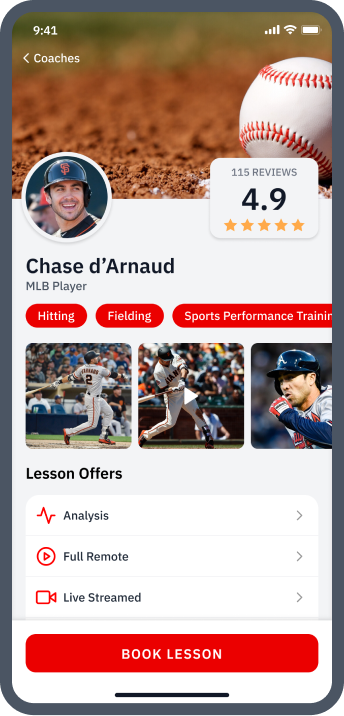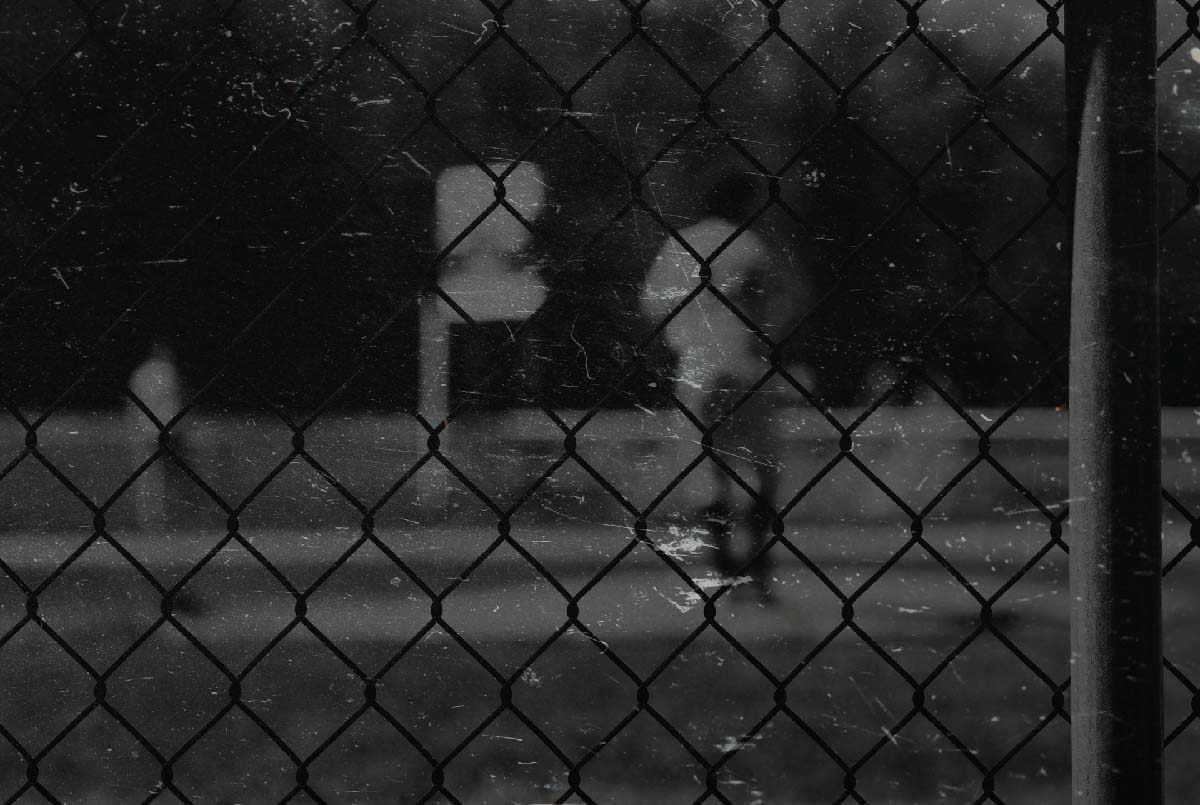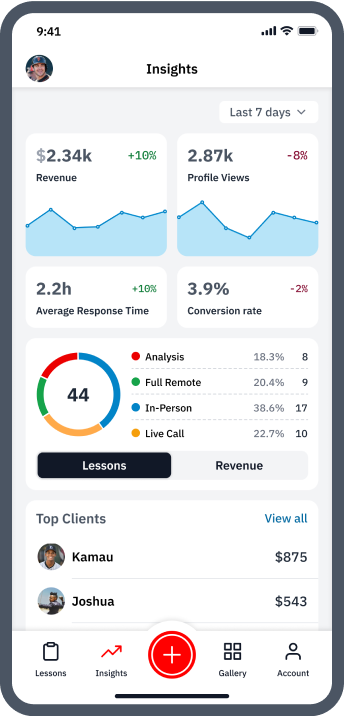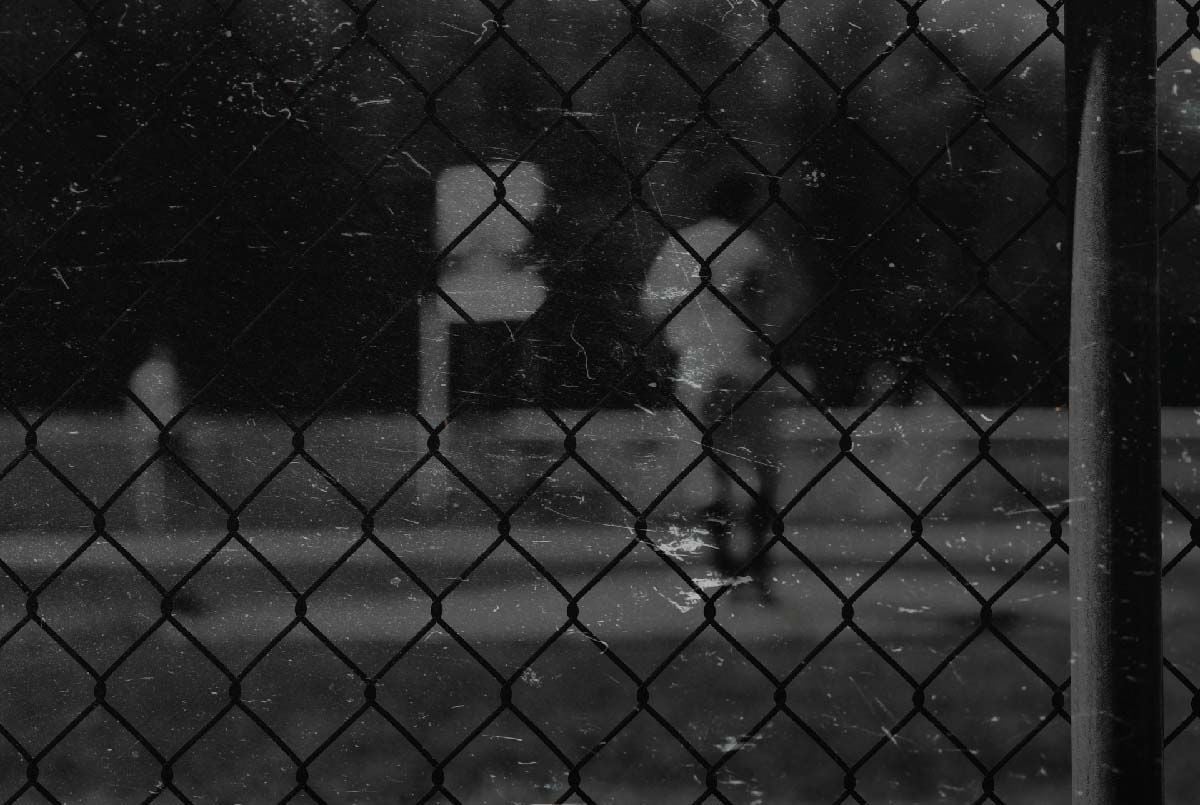How to Harness The Zeigarnik Effect for Baseball and Softball | Accelerate Your Game Today

Looking for a way to take your game to the next level?
There’s a little-known psychological principle that helps you achieve your goals by keeping them top of mind.
The Zeigarnik effect says that people remember unfulfilled tasks better than completed ones.
And you can use it to trick your brain into rehearsing and reinforcing your in-game, practice, and private lesson learnings on auto-pilot.
In this article, we'll explain what the Zeigarnik Effect is and exactly how you can use it to your advantage on the diamond.
But let’s start with a bit more background.
Wanna grow your baseball or softball coaching brand?
Get connected to new local and online lesson clients—along with all the tools you need to scale.
Download the free app

What is the Zeigarnik Effect?
Again, the Zeigarnik effect states that unfinished tasks are harder to forget than finished ones.
Conventional wisdom would have us believe that once we stop doing something in the middle of it, like studying for an exam, we forget the information more readily.
But the Zeigarnik effect, along with other theories about spaced and delayed learning contest that notion.
Interrupting yourself during a task that requires focus – like hitting a baseball or softball – might actually help you remember and execute it better afterwards.

Where did the Zeigarnik Effect come from?
The phenomenon is named after the psychologist who discovered it, Bluma Zeigarnik.
She’s the one featured and duplicated at the top of this page.
Zeigarnick did her studies at the University of Berlin.
And one day, in 1927, when she and her professor were eating at a café, her professor noted how servers seemed better able to remember incomplete tabs than completed ones.
From what they observed, the servers could recall almost exactly what each of their diners’ unfinished bills contained, but when asked what was on the bill after the customer had paid, they struggled to remember.
This incident got Zeigarnik thinking about memory processing. And, being a scientist, she ran an experiment to test this notion.
She asked participants to complete a series of tasks like solving a puzzle or putting together a flat-pack box.
During half of the tasks, the participants would be interrupted by an experiment supervisor. For the other half, they were left to complete the activity without interruption.
The results confirmed Zeigarnik’s thoughts about retention.
Participants were able to recall the details of the interrupted tasks a whopping 90 percent better than the uninterrupted ones.
Her groundbreaking experiment suggested that a desire to complete a task can help our memories hold onto it longer, and that completion lets us off the hook and allows us to forget.

Support for task interruption
Since Zeigarnik’s initial experiments, other researchers have replicated her results. And a few notable experiments have supported the ideas behind the Zeigarnik effect.
In 1963, British psychologist John Baddeley asked experiment participants to solve a set of anagrams.
If participants of the study couldn’t solve the anagrams in a set time frame, they were given the solution.
Later, Baddeley found that those whose solutions were provided for them were more likely to remember the anagrams than those who had solved them.
A different study, by U.S. psychologist John Atkinson in 1953, focused on the motivation behind task completion.
Building upon the task interruption theory of Bluma Zeigarnik, he found that subjects with a higher motivation to accomplish their task were more likely to remember the details of their unfinished task than those who weren’t motivated.
Atkinson’s findings showed that motivation is influential in memory retention when it comes to task interruption.

Why Does the Zeigarnik Effect Work?
The Zeigarnik effect is related to short-term memory.
When we perceive information, it first gets stored in our sensory memory. If we pay attention to that information, it then goes into our short-term memory.
Most short-term memories are forgotten quickly, because we can only fit so much information into our short-term memories. And we only move information to our long-term memory through active rehearsal.
But according to Zeigarnik, thinking about uncompleted tasks creates cognitive tension.
Cognitive tension results in greater mental effort, AKA attention, and more active rehearsal to keep the task in our awareness longer.

Task Interruption and Motivation in Sports
How can task interruption in learning apply to sports?
Repetitive learning is common in sports for both mental and physical tasks.
Athletes have to teach their bodies the proper movement patterning to shoot a fade away shot, swing a bat, or kick a soccer ball.
And the best way to nail your mechanics and perform an action to consistent success over time?
Repetition.
Skill acquisition in sports requires consistent repetition, so are the Zeigarnik effect and interrupting all-important reps really useful for athletes?
You might be tempted to say a resounding no.
But stay with us and we’ll give specific methods for baseball or softball coaches and players to try out in just a bit.

Avoiding Burnout
But first, task interruption is tangentially related to another often overlooked aspect of athlete development:
Repetitive training might benefit our muscles and hone fine motor movements that some sports require, but for the sake of an athlete’s psychological well-being, sometimes they need breaks.
Physical or psychological overload could be the culprit in an athlete’s slump or plateau, whereby they don’t make further progress or perform worse than usual over an extended period of time.
And this kind of overload extended over significant time periods can lead to serious burnout.
Taking a break can help the brain slow down and process all this information, cementing the skills they’ve learned, rather than forgetting them.
In their book Peak Performance, Brad Stulberg and Steve Magness argue for athletes to take strategic resting periods to avoid the effects of burnout.
They advocate breaks, whether they’re one day off during the week or an extended vacation at the end of a difficult year.
When you’re always going at 100 percent, you don’t make the progress you should make.
The two authors state it perfectly:
If we never take ‘easy’ periods, we are never able to go full throttle and the ‘hard’ periods end up being not that hard at all. We get stuck in a gray zone, never really stressing ourselves but never really resting either.
The Zeigarnik effect and principles of task interruption are aligned with this mentality about resting. Your body and your mind work better if you give yourself periods of intentional inaction.

Harnessing The Zeigarnik Effect for Baseball and Softball Training
Like all athletes, baseball and softball players can benefit from both task interruption and letting their brain focus on something else for a while.
Fine motor movements like swinging a bat or throwing from a windup aren’t skills you can pick up after one training session.
It takes dedicated practice over time to master even basic baseball and softball skills.
But intentional breaks expose ballplayer’s minds to productive cognitive tension, which helps long term retention of ever more advanced skills.
Private coaches can, for example, have a client do 75% of a newly introduced hitting drill progression during their in-person lesson, but only show and explain the last 25% of the progression before the lesson's completed – getting them excited about it, but not letting them try it out.
Then, you re-visit everything, having the player do the entire drill progression exactly 1-week later at their next lesson with you. Such an intentionally interruptive and reinforcing sequence, allows athletes to harness the Zeigarnik effect.
Hopefully, team coaches and parents can visualize where they might employ such techniques because they are everywhere in practices and at-home training sessions as well.

Task Interruption and Remote Baseball and Softball Instruction
A task interruption model of skill acquisition also applies aptly to remote learning. And virtual lessons have become a popular way to deliver baseball and softball instruction.
Many remote coaches offer live streamed video call sessions, so they can see progress directly in real-time, as they would traditionally with in-person privates.
However, certain types of remote lessons for baseball or softball intrinsically cultivate the Zeigarnik effect by their very nature.
Coaches can now connect with athletes anywhere in the world by analyzing parent-sent footage, and sending drill videos, pro player examples, professional feedback, and even homework to do between lessons in return.
The open story loop can only be closed by receiving their online coach’s feedback.
However, while the loop is open, ballplayers have a chance to own their own process of development, which leads to greater internalization of concepts and faster results long term.
Just as remote lessons play into the strengths of the Zeigranik effect, they also take full advantage of the science behind microlearning, mobile learning, video analysis and video feedback.

Final Thoughts on the Zeigarnik Effect in Baseball and Softball
The Zeigarnik effect and the principles of task interruption have been proven to help long-term learning in various situations.
Coaches, teachers, and psychologists will keep looking for innovative ways to teach and learn, so they can help their athletes and students achieve their best results.
By understanding why it works and how to apply it in a sports context, baseball and softball players of all ages and skill levels can use task interruption to their advantage and improve performance on the ballfield.

About the Authors
Courtney Withrow
Professional Writer
Originally from the U.S., Courtney is a Brussels-based freelance writer with a Master’s degree in International Relations. She grew up playing softball and still loves the game.
Mike Rogers
Co-Founder & CEO
Mike Rogers has spent a lifetime entrenched in baseball and softball as a player, a private instructor, a training facility owner, and the son of two college-level coaches.

